Francesca Woodman Exhibition: Zigzag (2014) – Art Review
No signs. No people. No trace. Unaware where we were, it was surprising when peering through a window some cleaners/builders pointed us toward a door. A door of a flat? We buzz to enter and the door opens to a cramped white space. Is this right? where are we? The wall could be slid to one side and it produces the gallery. Here we were. One- No two rooms, one seeming like a passageway. The Artwork was there but no life was. The passage did show us a counter where someone was sat and another was already perusing the books on sale. Here we were. This was it. And these small things on the wall were her photographs. Wasn’t exactly expected but this is about art, not about their presentation. Besides, the initial confusion was a novelty. Francesca Woodman’s life was apparently a source for discussion itself, a frightful shame! When will people learn to take a work on its own merits and not for anything that just so happens to surround the artwork itself.
Would it be fair to call these works Surrealist? There is a dreamlike quality to many of these images that is truly captivating. Dreams or ghosts are these figures there or not? The apparent life in a lifeless room. André Breton would be proud of the new reality created by these photographs – “I believe in the future resolution of these two states, dream and reality, which are seemingly contradictory, into a kind of absolute reality, a surreality, if one may so speak.”1 So how is this affect created? The lifeless and the living. The photographs can’t move and yet a visual technique with many of the photographs is to suggest movement and further than the traditional still in motion, but the blurred movement of movement itself. Space2, Woodman 1975-8 is one example where this quality has been captured. The face shows movement beyond a still in motion. This quality is also backed up by the frequent use of living naked flesh and abandoned, dirty rooms. Self Portrait Talking to Vince, Woodman 1976, however, shows another aspect of surrealism. Showing something that you wouldn’t be able to see normally or an image out of place. Man Ray, is another obvious influence with these photographs, Jacques Rigaut, Man Ray 1922, shows a similar use of an image out of place. Both photographers also show a similar use of black and white photography. The dreamlike quality of these images is unmistakeable and it is also very effective!
Light! Shall we talk about light? At least for a brief moment these photographs should be noted for the way that they use light for effect. Creating contrasts in light and shadow or generally just as an image in itself, light is very effectively used in these images. Many times light can be seen to have a very literal presence within the photo, Self Portrait at Thirteen, Woodman 1972-1975, being a fantastic example. It creates visual interest and also helps to present something new and something striking. A lot of speculation can be given to these images, and in this way I find myself asking: how far do we look for meaning? There is a good range in the images shown to give impressions of some of the different ways in which photography has been used to give presence to the images. Francesca Woodman, has been said to use a lot of herself in her work, but in this exhibit, we do have a chance to see many other images as well.
The works are larger than the small prints available and they can and will catch you. It may appear like a lot more interest has been given to Francesca Woodman in recent years and it is unfortunate that so many attach importance to the life around her artworks. It overshadows talent and that’s a frightful shame. This little exhibit may have been hard to find but it was worth looking for. I’ve deliberately focused on aspects of the works themselves and not tried to attach meaning to anything outside them and I do also admit to omitting the significance of the title of the exhibition – Zigzag. The works were chosen for a formal preoccupation with Zig Zags. However, having not known there was a title of the exhibit I completely missed this and my experience of the exhibition had very little to do with geometric patterns.
1Breton, André. ‘First Manifesto of Surrealism’ in Manifestoes of Surrealism, Breton, André (A); Lane, H.R. (Trans); Seaver, R. (Trans). The University of Michigan Press, 1969: pp14.
Zigzag runs at the Victoria Miro Gallery from 9th September until the 4th October 2014.
Further Reading
Telegraph – a Review
theartsdesk.com – a Review
A Retrospective Francesca Woodman
Searching for the Real Francesca Woodman
Transitory Ghosts & Angels in the Photography of Francesca Woodman
Francesca Woodman: Works from the Sammlung Verbund
Francesca Woodman: The Roman Years: Between Flesh and Films
Francesca Woodman’s Notebook: With George Woodman’s Afterword
Gallery:
- Francesca Woodman. From Angel Series, 1977-1978.
- Francesca Woodman. House, 1976.
- Francesca Woodman. Untitled, 1980
- Francesca Woodman. Untitled, Undated
- Francesca Woodman. Space², Providence, Rhode Island, 1975-1978
- Francesca Woodman. On Being an Angel # 1, 1977
- Francesca Woodman. Untitled, Undated
- Francesca Woodman. Untitled, 1980.
- Francesca Woodman. Untitled, 1975-80
- Francesca Woodman. Italy, 1977
- Francesca Woodman. Untitled, 1976.
- Francesca-Woodman-Francesca Woodman. Self-Portrait at Thirteen, 1972-1975.
- Francesca Woodman. Untitled, 1975-1980
- Francesca Woodman. Untitled, 1975-80
- Francesca Woodman. Untitled, 1975-1978
- Francesca Woodman. Untitled, 1975-80.
- Francesca-Woodman-Francesca Woodman. Self-Portrait Talking to Vince, 1976
- Francesca Woodman. From Angel Series, 1977.
- Providence, Rhode Island, 1976 1976 by Francesca Woodman 1958-1981
- Francesca Woodman. Untitled, Undated.
- Francesca Woodman. Self-Deceit, 1978
- Francesca Woodman. It Must be Time for Lunch Now, 1977

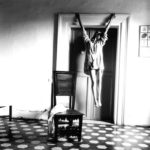
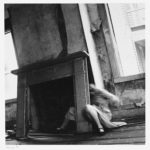

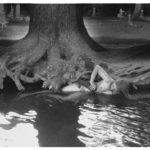
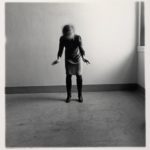
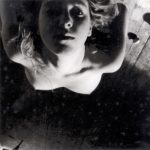
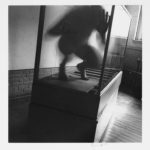


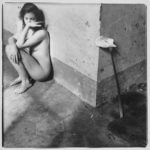
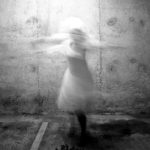
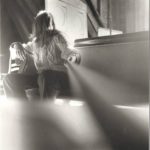
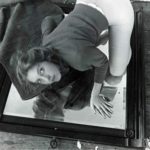
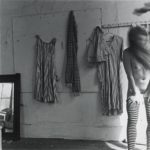
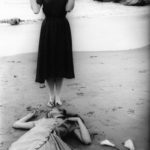
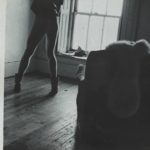
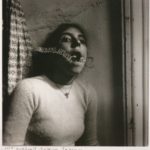
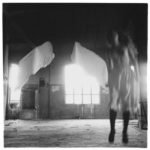
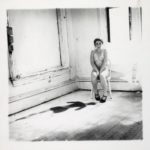
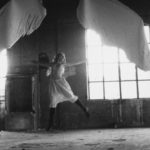
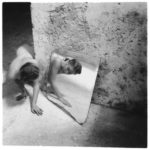
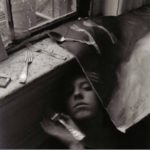



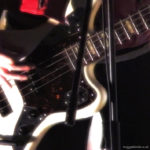

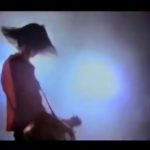
Leave a Reply